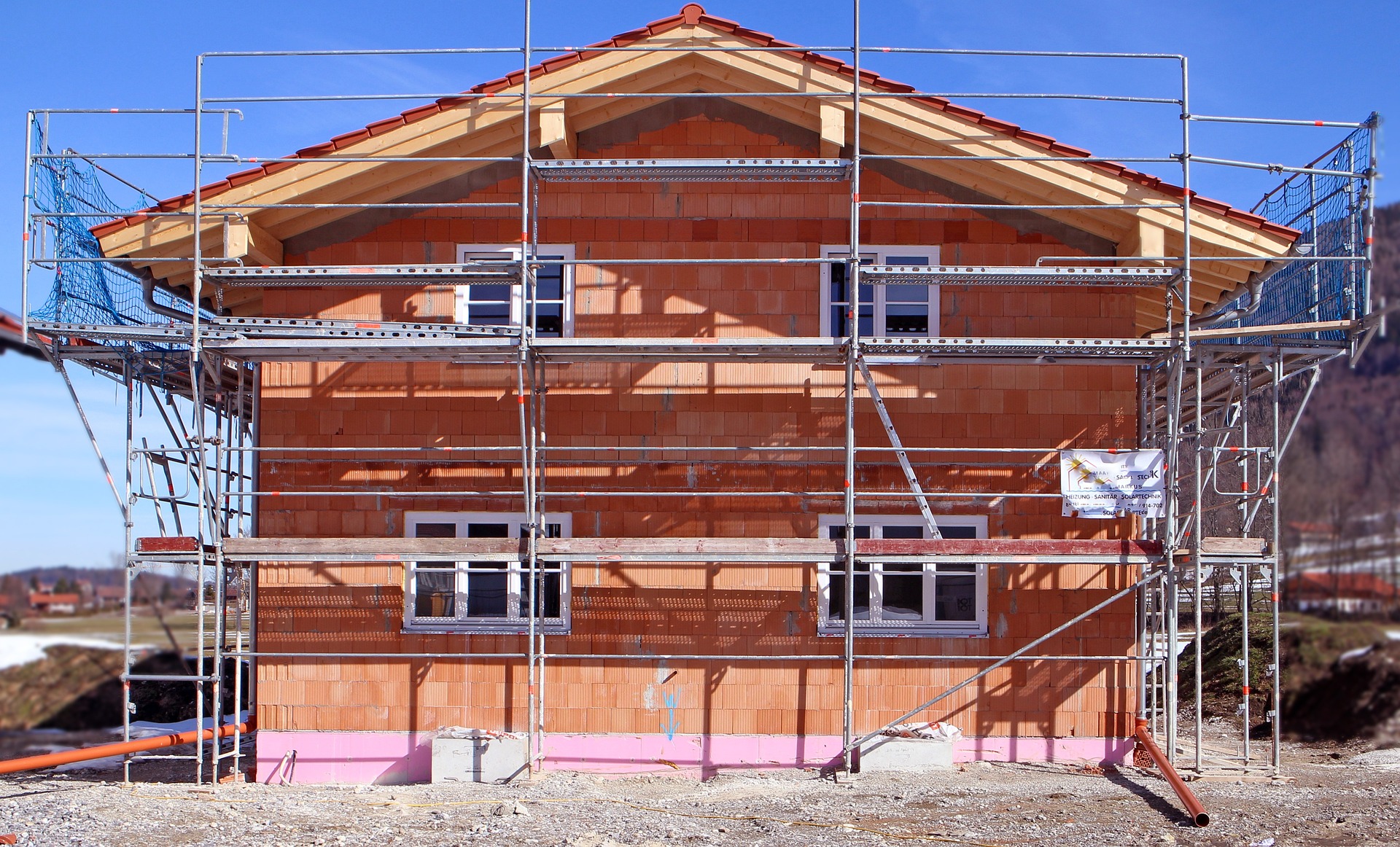Understanding Retirement Villages: Options, Costs, and Considerations in 2025
Retirement villages offer seniors a supportive community designed specifically for their changing needs while maintaining independence. These residential communities provide various housing options from independent living apartments to assisted living facilities, often with amenities like dining services, transportation, social activities, and healthcare support. As the aging population grows, understanding the options, costs, and benefits of retirement villages becomes increasingly important for seniors and their families planning for the future.

What Are Retirement Villages and How Do They Work?
Retirement villages are purpose-built communities designed for older adults, typically ages 55 or 65 and above. Unlike traditional neighborhoods, these communities offer specialized services and amenities catering to seniors’ needs. Most retirement villages operate on one of three financial models: rental agreements, purchase agreements, or life care contracts (continuing care retirement communities).
The structure varies significantly between facilities, with some offering purely independent living while others provide a continuum of care options as residents age and their needs change. Common features include maintenance-free living, transportation services, meal plans, housekeeping, security, and recreational facilities. Many retirement villages also coordinate healthcare services, either on-site or through partnerships with local providers.
How Much Does a Retirement Home Cost Per Month?
Monthly costs for retirement homes vary widely depending on location, amenities, services, and care level. For independent living options, monthly fees typically range from $1,500 to $4,500. Assisted living facilities generally cost between $3,500 and $7,000 per month, while memory care units can range from $5,000 to $10,000+ monthly.
These base fees usually include housing, utilities, maintenance, security, and some amenities. Additional services like meal plans, transportation, housekeeping, and personal care assistance often incur extra charges. Many facilities also require entrance fees, which can range from $40,000 to over $500,000 for higher-end communities, sometimes partially refundable when residents move out.
Luxury Two Bedroom Apartments for Seniors 2025
The luxury senior living market is expanding rapidly, with developers creating high-end options for affluent retirees. In 2025, luxury two-bedroom senior apartments typically feature:
-
Spacious floor plans (1,200-2,200 square feet)
-
High-end finishes (granite countertops, hardwood floors)
-
Walk-in closets and universal design features
-
Chef-quality kitchens (even in communities with meal plans)
-
Smart home technology and high-speed internet
-
Private balconies or patios
-
Premium locations with scenic views
These luxury units often come with resort-style amenities such as concierge services, fine dining restaurants, swimming pools, fitness centers with personal trainers, art studios, and theater rooms. Monthly costs for luxury two-bedroom senior apartments in 2025 typically range from $4,500 to $12,000+, with entrance fees potentially exceeding $750,000 in premier markets.
Finding New Apartments Nearby for 65 and Older
When searching for new senior living apartments in your area, several resources can help streamline the process:
-
Online senior housing directories like Caring.com, A Place for Mom, or SeniorLiving.org
-
Area Agencies on Aging, which provide free information about local options
-
Senior real estate specialists (SRES), realtors with specific training in senior housing needs
-
Local senior centers and community boards
-
Hospital discharge planners and social workers
When touring facilities, prepare questions about costs, services, rules, healthcare options, and social activities. Many communities offer trial stays, allowing prospective residents to experience the environment before committing. Consider proximity to family, medical facilities, and familiar neighborhoods when evaluating options in your area.
Comparing Senior Living Options and Their Pricing Structure
Understanding the different types of senior living options helps in making informed financial decisions about retirement housing.
| Living Option | Average Monthly Cost (2025) | What’s Typically Included | Additional Costs |
|---|---|---|---|
| Independent Living | $1,500 - $4,500 | Housing, maintenance, security, basic amenities | Meals, transportation, activities |
| Assisted Living | $3,500 - $7,000 | Housing, meals, housekeeping, personal care assistance | Medical care, specialized services |
| Memory Care | $5,000 - $10,000+ | Housing, meals, specialized dementia care, security | Medical treatments, therapy services |
| CCRCs (Entrance Fee) | $100,000 - $1M+ entry fee plus $2,000 - $5,000 monthly | Guaranteed lifetime care across all levels | Premium services, guest meals |
| Luxury Senior Living | $4,500 - $12,000+ | Premium housing, amenities, dining options | Personalized services, healthcare |
Prices, rates, or cost estimates mentioned in this article are based on the latest available information but may change over time. Independent research is advised before making financial decisions.
Financial Considerations When Choosing a Retirement Village
Several payment options exist for funding retirement village living. Long-term care insurance can help cover assisted living and nursing care costs, though it typically doesn’t cover independent living. Some seniors use home equity through sales or reverse mortgages to finance their move. Veterans may qualify for Aid and Attendance benefits, while Medicare covers limited short-term skilled nursing but not long-term care or assisted living.
Before signing any contract, carefully review the fee structure, including entrance fees, monthly charges, and what happens if care needs change. Many communities increase monthly fees annually, so ask about the average increase percentage over the past five years. Understanding refund policies for entrance fees is crucial, as these vary from fully refundable to non-refundable depending on the contract type.
Making an informed decision about retirement villages requires thorough research into financial options, careful facility visits, and honest assessment of current and potential future needs. The right choice balances desired amenities, location preferences, healthcare requirements, and financial sustainability for your retirement years.




